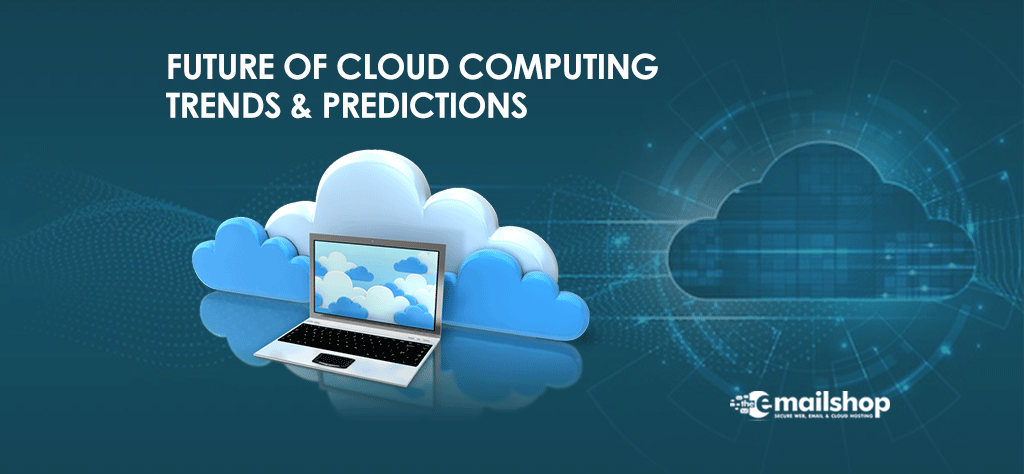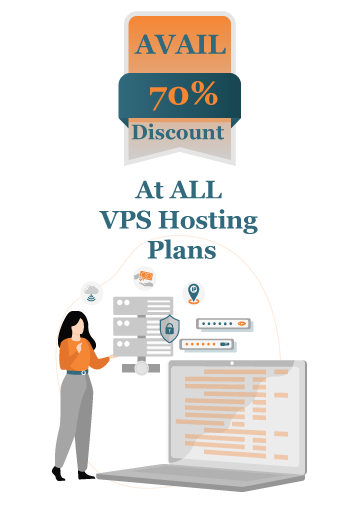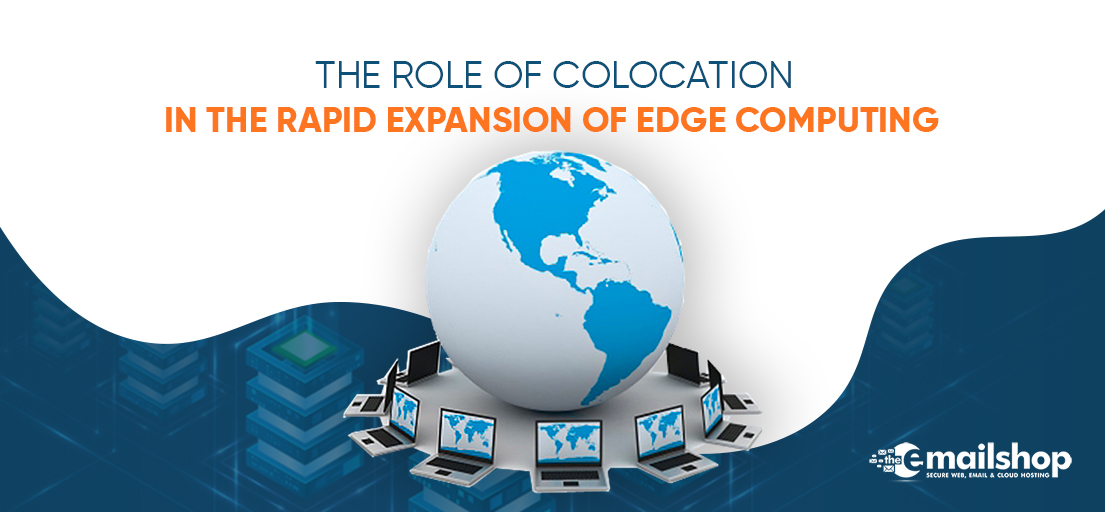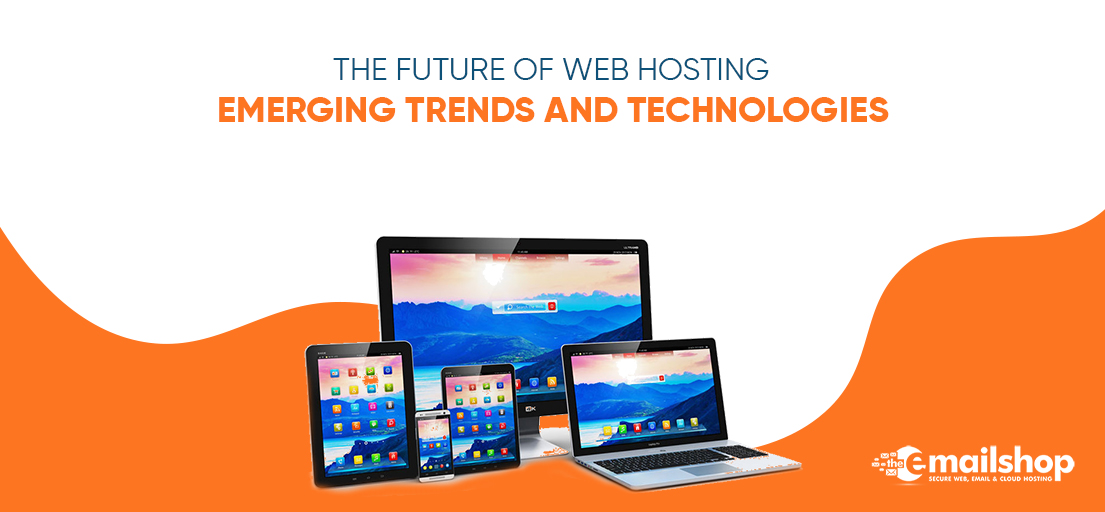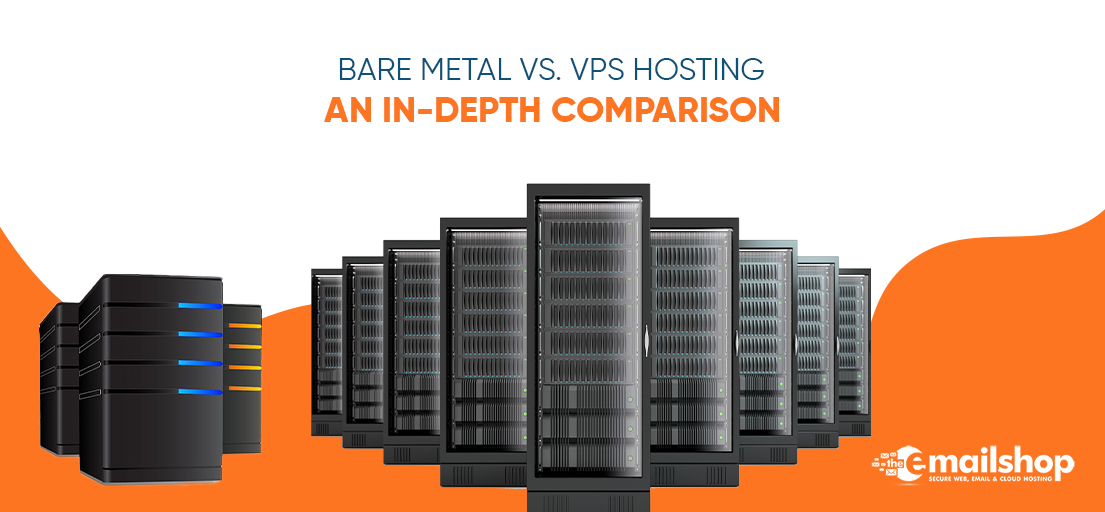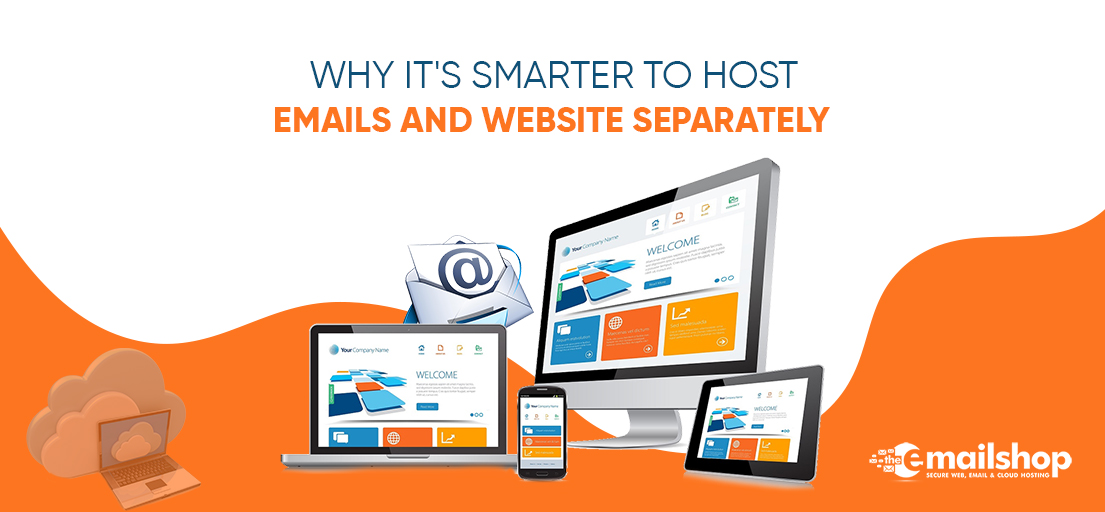No one can know what will happen in the future, but we may make educated guesses by observing how things are being done now. The following is a list of several predictions about cloud computing:
-
Boost the available space for storage
In today’s world, data is being produced at a rapid rate, making it challenging to keep it secure. The vast majority of businesses today need a place to store their information safely. Cloud computing is being adopted by an increasing number of companies, and it is anticipated that cloud providers will increase the number of data centers they provide at a cheaper cost as a result of the intense rivalry that exists between them.
-
Improvements Made to the Speed of the Internet
The quality of internet service is able to be improved with the assistance of the Internet of Things. We are now able to keep data on the cloud, thanks to the Internet of Things and cloud computing, so that we can further analyze it and deliver improved performance.
Consumers have an expectation of high-quality services and applications that load quickly. Both the speed of the network that is offered and the speed with which data may be received and sent will be increased.
-
Services for Computing on the Edge
The vast majority of businesses in our world now connect to the internet at least once every second. This has a significant impact on the building methodology used for data centers. Edge computing is becoming more popular because businesses want data centers that are closer to where the data comes from.
Major corporations and information technology companies like Dell, IBM, and Intel, amongst others, are expanding their investments in edge computing technologies. Gartner did a survey that found that 5.7 billion internet-connected devices have started to use edge computing to analyze huge pools of data.
Edge computing is a relatively new concept in cloud computing that allows for the storing of data much more locally than is possible with a conventional database that is hosted in a central location. It offers a larger bandwidth in addition to improved performance and productivity in the management of job loads. In addition, edge computing, which is driven by 5G, has the ability to quickly store huge amounts of data.
-
The Prospect of Increased Capabilities for the Storing of Data
The demand for cloud computing is expected to continue to rise, which will result in an even greater need for increased capacity for data storage. When it comes to cloud storage, price and speed are two of the most crucial factors to consider. Because of this, data centers will need to have greater storage capacity in the years to come, which will ultimately result in speedier cloud services.
In order to make this possible, vendors of cloud services would need to develop more sophisticated security systems. Getting rid of different storage tiers is one step that may be taken to guarantee that users can quickly and easily use cloud services.
Another observation made by industry analysts is that there will be a downward trend in the cost of data center services as competition increases. If these prices go down, it will make it easier for people to come up with new ideas in the cloud computing field.
-
Serverless Computing Services [Serverless Computing
Serverless computing is one of the five cloud service platforms, also known as PaaS, that are growing at the fastest rates. In the next six years, serverless cloud computing is expected to grow by 27%.
Businesses are now able to operate apps and build new software without having to manage any physical servers, thanks to a computer architecture known as serverless computing. The nicest aspect of using Serverless is that you don’t have to maintain servers or worry about server infrastructure administration.
Work related to scalability, maintenance, and upgrades may be accomplished quickly and easily via serverless and automated solutions. When compared to conventional infrastructures, serverless architectures provide more scalability. Because customers are only required to pay for the services they actually make use of, the pricing structures are likewise highly customer-friendly. Serverless solutions make it possible for businesses to use multi-cloud or hybrid-cloud computing, both of which make operations more efficient.
The advent of serverless computing has been a blessing for all types of companies and developers. This cutting-edge development offers a straightforward method for developing data storage apps and systems.
-
AI (Artificial Intelligence) (Artificial Intelligence)
Cloud computing has taken on a new persona in recent years: artificial intelligence (AI). According to a recent estimate, the value of the market for artificial intelligence will roughly exceed 89 billion dollars on an annual basis by the year 2025. This prediction is based on worldwide market data. Because of this, companies who do not use AI models in their cloud computing will fall behind their competitors.
The use of artificial intelligence helps cloud processes run more smoothly and increases the effectiveness of data storage. In a similar vein, the use of AI in more contexts is made possible by cloud computing. Both of them operate in harmony with one another and cannot exist independently because of this. Investing in cloud computing that is based on AI involves a substantial amount of processing power, specialized technical knowledge, and financial resources. The integration of artificial intelligence does not require an extra financial outlay for businesses who are already using cloud-based solutions, which is a significant advantage of this situation.
-
The Priority Will Be Placed on Modular Software
The length of each individual programme, in addition to its level of complexity, is constantly growing. As a consequence of this, the use of advanced systems thinking will soon be necessary for cloud technology.
Because in the not too distant future, apps may be stored in locations other than the cloud, software development can be seen from a variety of perspectives. This app will store data using a number of modules, and each module will be hosted on the server of a different cloud service.
It is also possible for this to lower the cost of software since it is inexpensive to place various components of the programme on separate storage.
-
Internet of Things and Cloud Computing Together
The internet of things is also one of the main technologies in this field. Technology is characterized by a steady stream of innovations in areas such as real-time data analytics and cloud computing. There is a great deal of communication, data exchange, and procedure going on amongst the machines. With the assistance of cloud computing, we won’t have any problems completing the task.
-
The Data Illustrates How the Future Will Change
The cloud computing market is growing at a 22.8 percent annual rate and is expected to reach $127.5 billion by 2018. By the end of the year 2018, cloud-based CRM software will account for 62% of the total. Furthermore, spending on software as a service apps accounts for thirty percent of total application spending.
-
Enhancement of Cloud Service Provisioning
A few examples of cloud computing are:
A few examples of cloud computing are:
- IaaS, which stands for infrastructure as a service
- PaaS, short for “platform as a service”
- SaaS stands for software as a service.
We are able to do whatever we set out to do with the help of this service. Because of the fact that software as a service will be responsible for more than 60 percent of the workload in the future, several academics have shown that cloud computing will be one of the most influential technologies in the years to come.
It has also been anticipated that the usage of platform as a service and infrastructure as a service will progressively expand in the next few years since these two models are already used by the majority of businesses. Cloud computing is easy to use and can be used by both new businesses and those that have been around for a while.
-
Security
The cloud provides some level of protection for the data that it stores, but this protection is not complete. Depending on the circumstances, the small businesses that offer cloud services may or may not do enough to protect the data.
Therefore, in the future, we will be able to protect ourselves against cyber assaults by offering a higher level of protection. Cloud service providers offer better ways to prevent cyberattacks and more balanced ways to defend against them.
-
Software Organized Into Modules
Many businesses are making heavy use of software, most of which has not been updated in some time. As a consequence of this, cloud computing necessitates the utilization of changed software, which will result in enhanced levels of safety and convenience. This programme will have a higher degree of usability and flexibility in its operation.
The fact that this programme will reduce both total costs and the amount of time needed to complete a task is one of its most significant benefits. As the following graph demonstrates for us, businesses that provide software and services are seeing steady growth.
-
Economic
Because the vast majority of work will be accomplished with the assistance of cloud computing and virtualization, if cloud computing is allowed to continue its rapid pace of development, the amount of hardware that is used will decrease. By partitioning the programme, we may save money on its initial setup cost, which will ultimately result in a reduction in the amount of hardware required.
In the event that this trend continues, the data that is kept in the cloud will be examined with the assistance of a computer, rather than needing the assistance of a person.
An Overview of the Prospects for Cloud Computing
These days, businesses are always looking for new and creative methods to expand and achieve their organizational objectives. This company will continue to expand in size in the years to come with the assistance of cloud computing. The use of cloud computing, which is both robust and extensive, is expected to continue its rapid expansion in the foreseeable future and provides a wide range of advantages.
Computing on the cloud is very efficient in terms of cost, and it offers businesses the opportunity to expand their operations. The future of cloud computing looks bright, and both the host and the user will get a lot out of it.
One thing to bear in mind is that the proprietor of the business has to be up to date on the most recent advancements that have been made in cloud computing.
For Discount and Offers, Visit our Official Twitter Page

